Chemin de la Mosquée
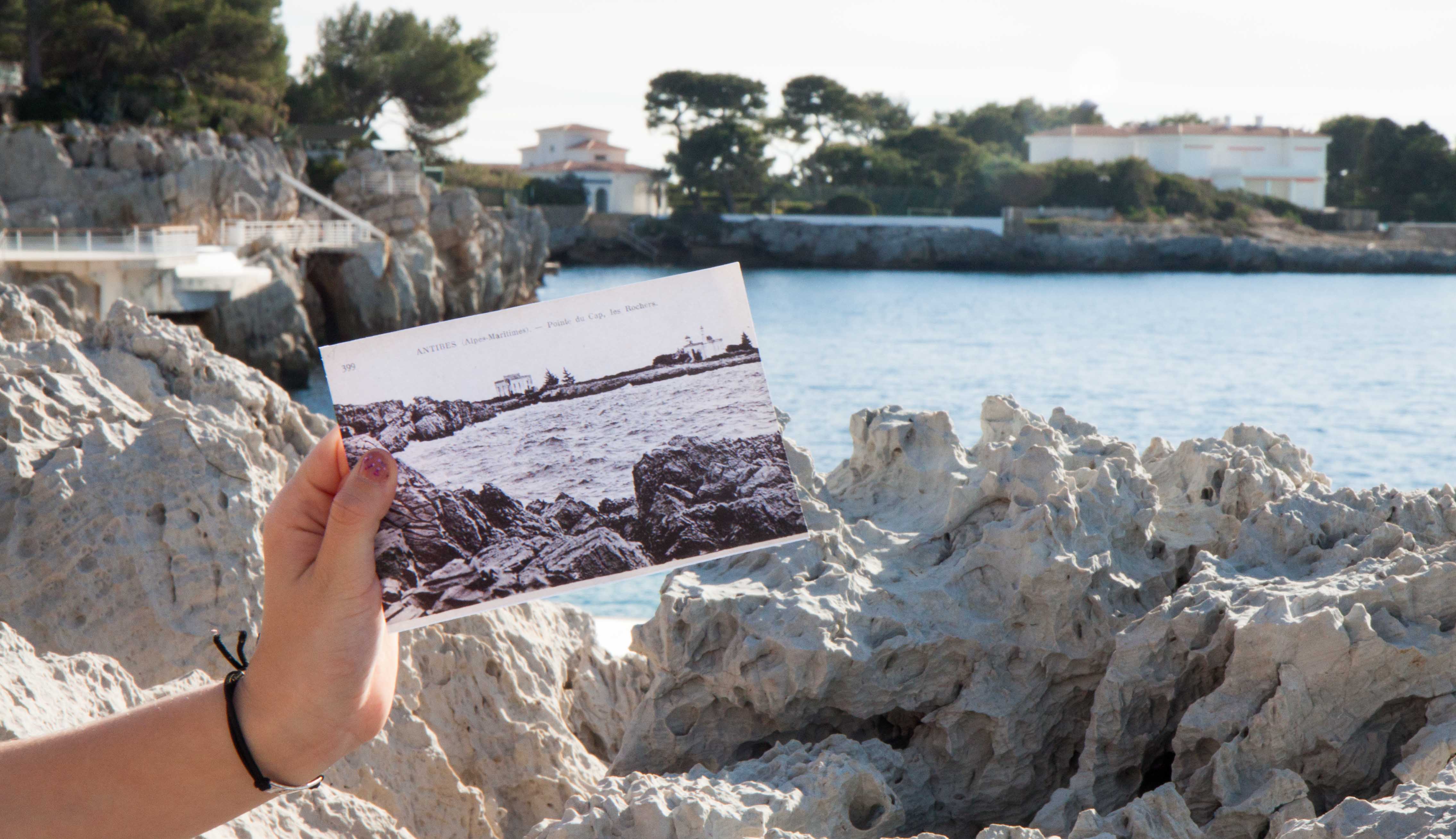
Another World on the Cap.
When I first saw an old photograph of the Villa de la Mosquée I couldn’t quite believe my eyes. Seeing the photograph was like being transported to another world which has long since been forgotten. I decided that I had to find out more about this amazing place and why it was here. However, it soon became apparent that very little information exists regarding the villa or it’s owners. The building seems to have been re-named several times over the years though. It began it’s life as the Villa de La Mosquée, then it became Villa La presqu’ile de L’Ilette and then finally the Villa Aigue-Marine.
The original house in the original black and white picture was built around 1894. Henri Matisse used to walk here with his daughter, Marguerite, in the 1920’s and they used to take pictures of each other there.
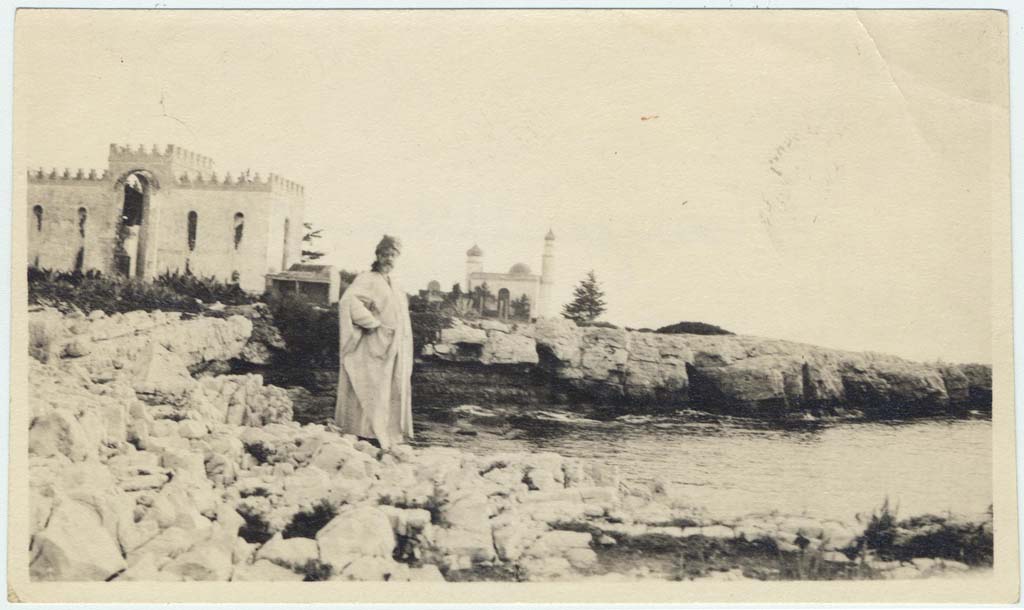
Photo : Archives Henri Matisse. (c) Succession H. Matisse
In 1880 La Mosquée was built by Alexandre Émile Lafont de La Vernedé. He had purchased a plot of 40,000sqm on the tip of the Cap known as the Point de l’Islette. The Mosque like building was built as a private residence. The building in the foreground served purely as an entrance.
“Moorish” villas, inspired by the architecture of North Africa, were built all over France around the time Villa Mosquée was built. Especially on the French Riviera where several examples still exist today. The architect Pierre Chapoulart built many villas of this type in Hyères, Cannes, Marseille and Toulon. Unfortuntely there is no information regarding him having built this villa in Cap d’Antibes.
The Baron died sometime before 1883 after which his daughter Beatrix Lafont de la Vernède married Maurice Borel. Together they had a son called Hubert Borel.
In 1894 La Mosquée de l’Ilette is registered as being owned by Hubert Borel. I am guessing Hubert inherited the house from his parents.
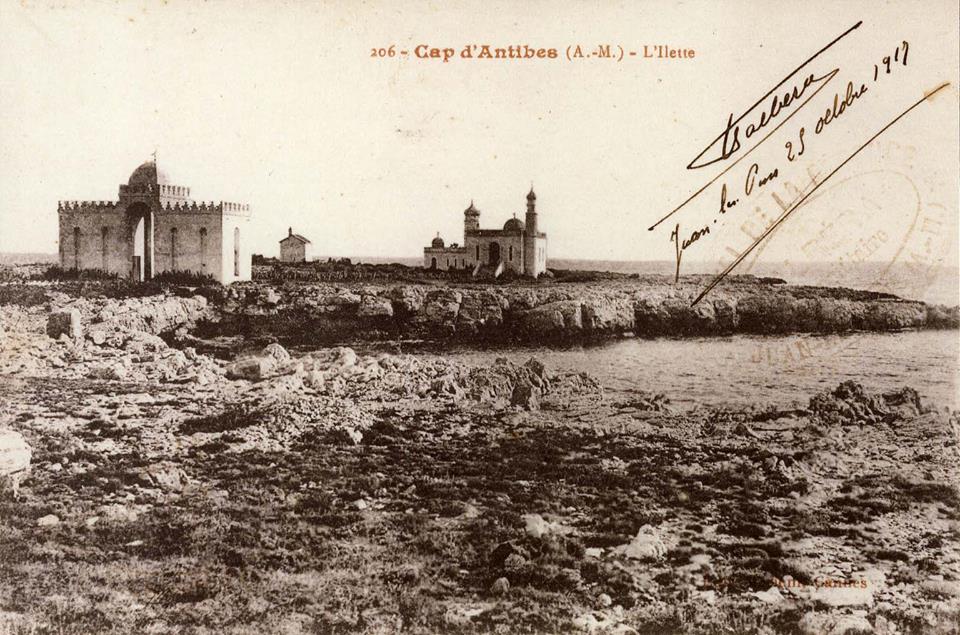
At some point during his ownership but after 1917 the beautiful Dome (in image above) is removed. Remaining is it’s metal frame just visible in the image below. If you look closely you can also see the WWI battleships in the distance. At this point the lighthouse doesn’t yet exist.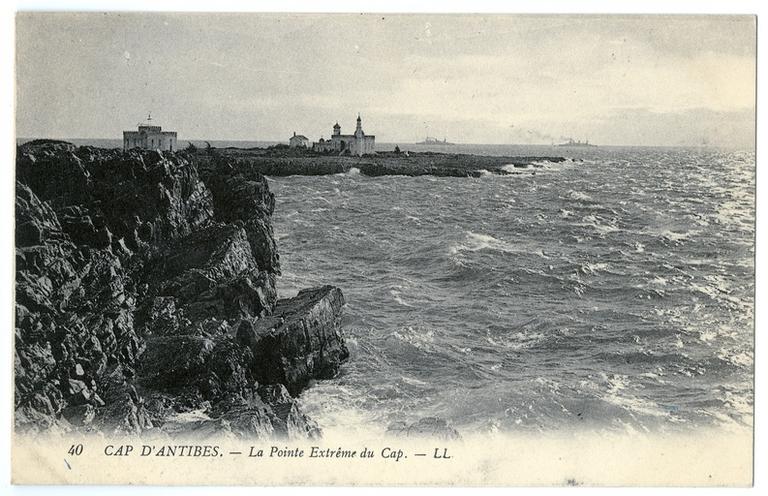
Another image of the buildings taken from Eden Roc built before the Villa de a Mosquée existed. Again this image must have been taken towards the end of the war or a little after. The restaurant is still flying the allied flags from the roof.
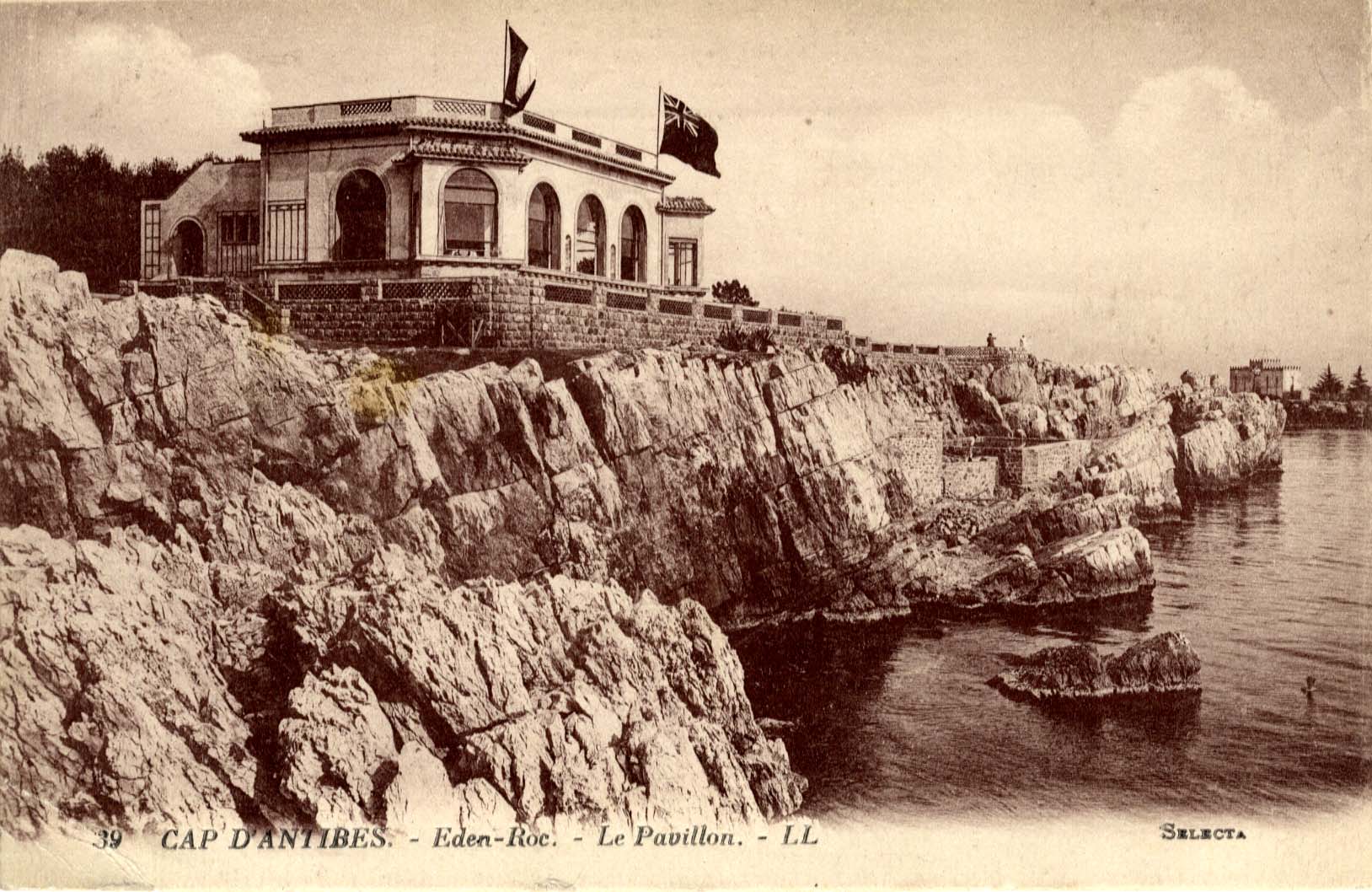
In 1927 Borel splits the land he owns in two. He sold about half of it to a Mr Jan Mauritz Boissevan who went on to build the Villa Zero, now Villa Sur l’Onde. During the construction of Villa Zero, Boissevan stayed in the villa HouZee. The Villa is still on Chemin de la Mosquée today.
The Villa HouZee was at somepoint owned by Terence Young, possibly around the mid to late 1950’s.
Terence young was a famous film director and screen writer best known for directing three James Bond films. His films include Dr. No and From Russia with Love. There is actually an opening scene in Diamonds are forever which was filmed on the private beach front of one of the villas here. It’s hard to identify the spot exactly from the footage but it may well have been filmed at Youngs’ Villa HouZee. It doesn’t appear for long but you can see the location 1.03min into the clip.
There is also great Getty image of Sean connery,his wife Diane Cilento and their daughter climbing down the stairs of Terence Youngs’ Villa to the private beach. The image was taken in 1967, you can view the photo here .
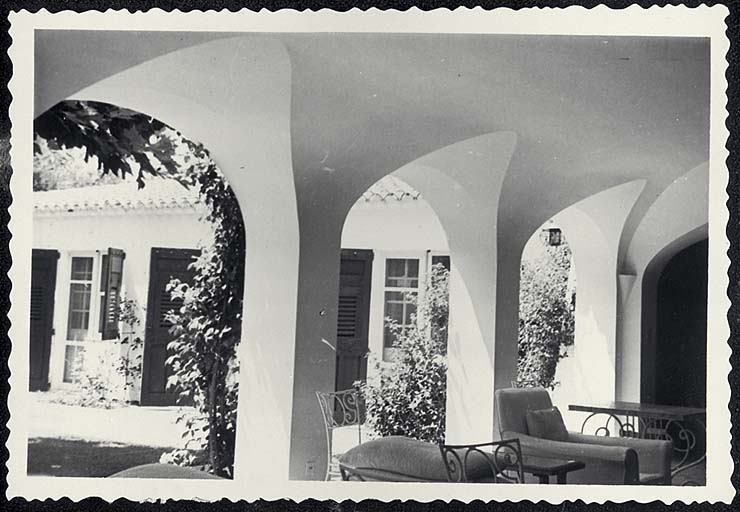
Villa Zero now Villa Sur l’Onde
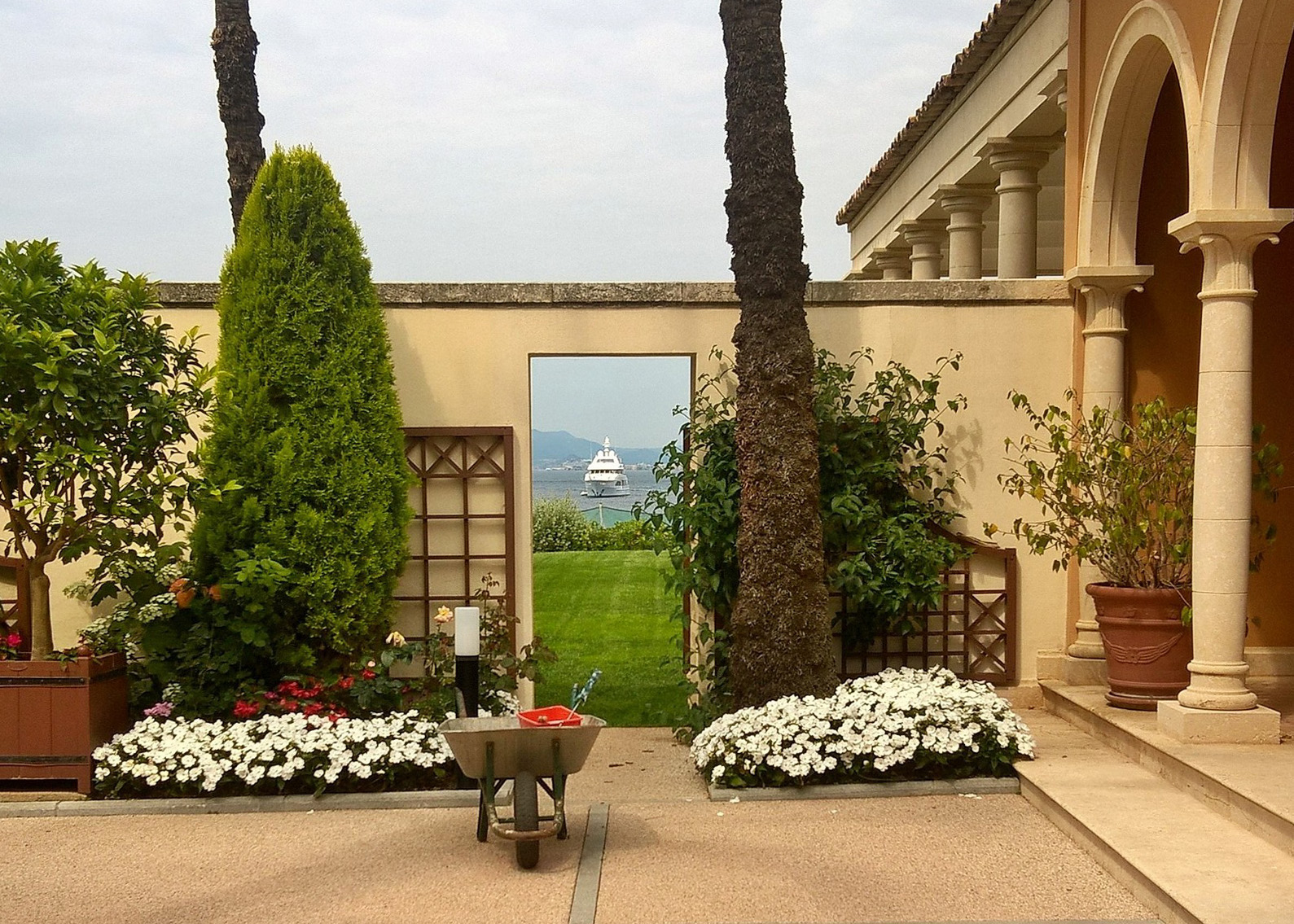
Villa Sur l’Onde today.
In 1928 Borel sold the other half of the land which included the Villa La Mosquée to Howry Osler. I am not sure who this man was as I couldn’t find any details about him whatsoever.
Two years later in 1930 Howry Osler had the site completely re-designed by the architects G.B. Brigdman and Pierre New. After it’s completion he renamed the Villa La Presqu’île de l’Ilette. The buildings still retained their original shape and Moorish features at this point but the Dome had by then been completely removed.
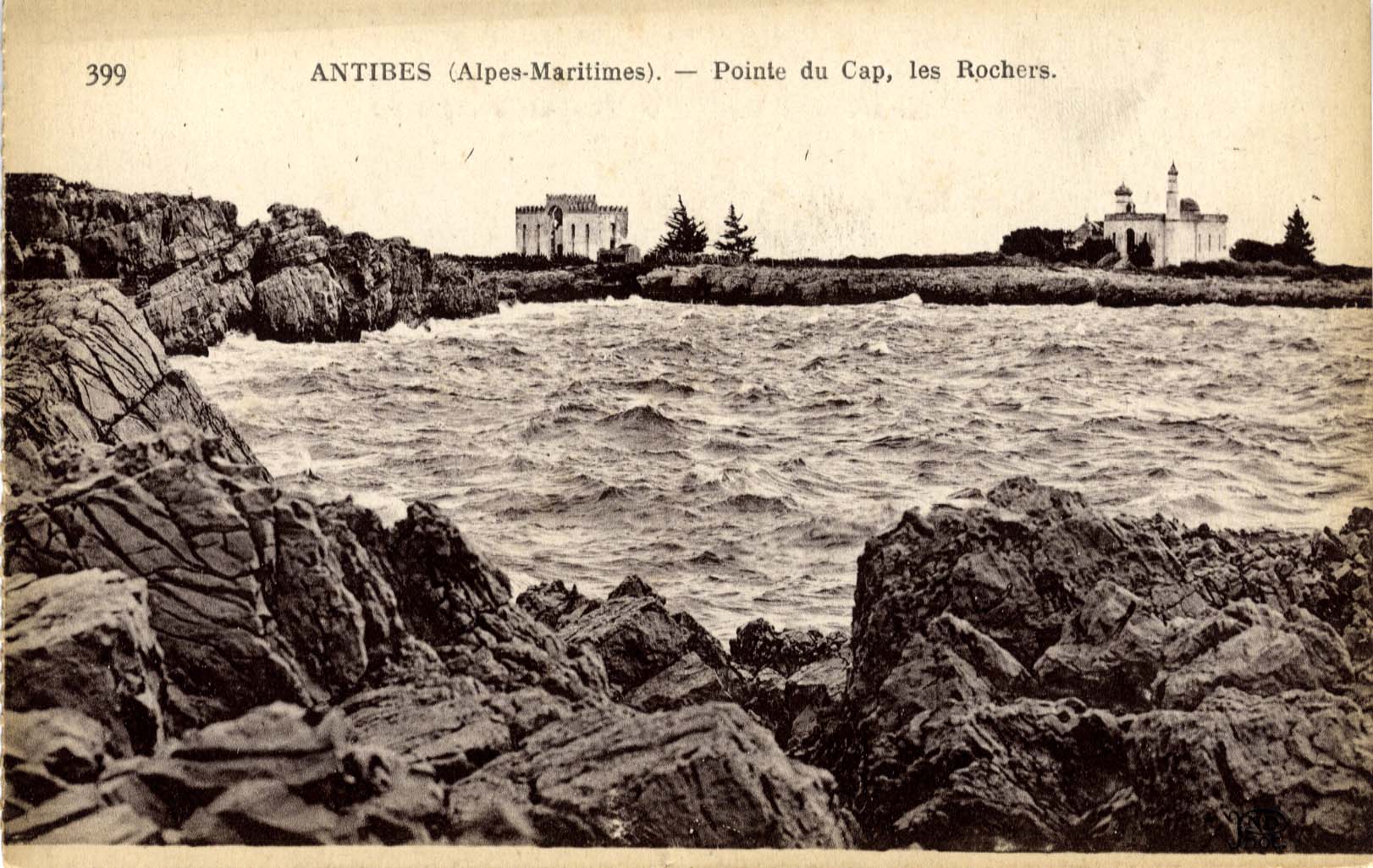
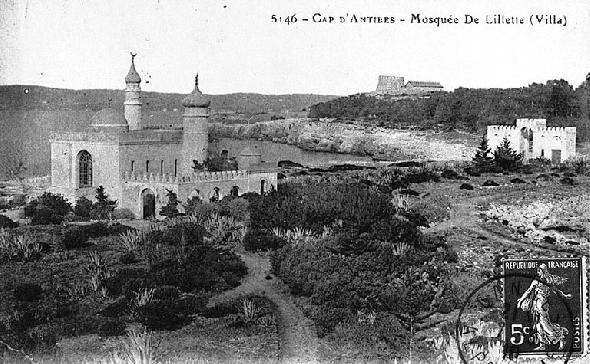
Image from Archives Municipal Antibes
Then in 1938 Villa La Presqu’île de l’Ilette is sold for 80,000 Francs but I don’t know for sure who to, it may have been the Patenôtres as they are the registered owners of the property in in 1941.
In 1941 the villa is completely re-modelled and upgraded for Raymond and Jaqueline Patenôtre. It seems a shame that someone would choose to replace the beautiful existing buildings for something which is, in my opinion, quite characterless but in anycase it is modernised and loses it’s towers and Moorish features.
Raymond Patenôtre (1900 – 1951) was the American-born son of the French ambassador to the United States Jules Patenotre des Noyers. He was a newspaper publisher and politician. Patenôtre inherited his fortune from his mother, a Philadelphia-born heiress, whose father, Colonel James Elverson, was the owner of the Philadelphia Inquirer. Patenôtre later sold the paper on behalf of his mother in a scheme to avoid paying taxes on the proceeds.
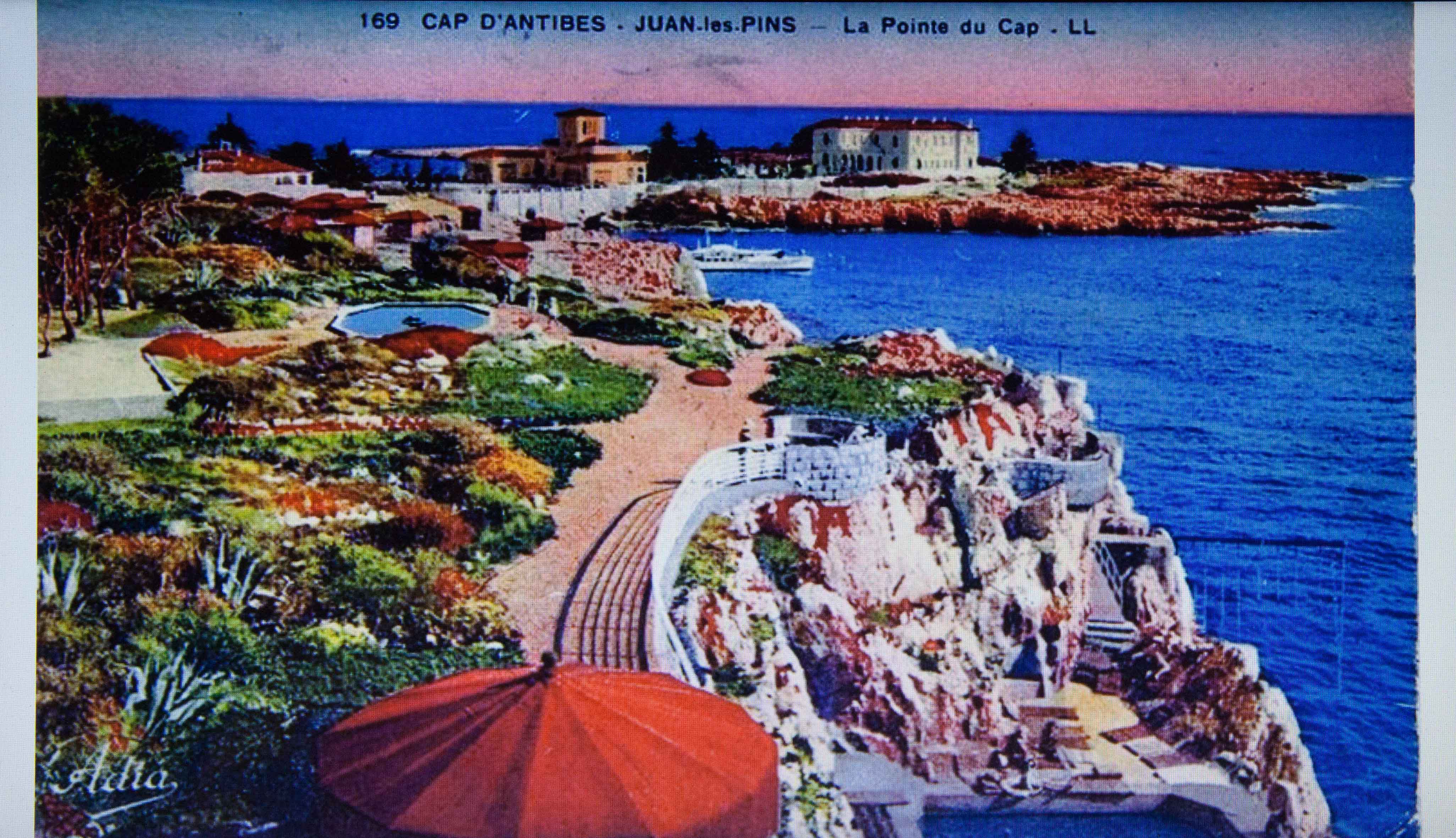
In 1959, a few years after the death of her husband and after the house had been badly damaged by the war the house was sold by Jaqueline. She sold it to Alexander Saffian a Texan Oil industrialist and his wife Georgette. Again not much information on Mr Saffian but apparently in March 1961 during his ownership, the house was robbed by a band of thieves who approached the Villa by sea. Jewels. furs and a painting worth a total of 1 million Francs were stolen from the Cap d’Antibes Villa.
1962 the house was again re sold by Alexander Saffian to Harold and Herbert Quandt who remodelled the buildings again and re-named the villa the Villa Aigue-Marine which it is still called today. Alexander Saffian kept hold of the piece of land at the tip of the Cap and at some stage built the villa l’Islette on it. I am guessing he built this villa before selling the main buildings to the Quandts but I haven’t been abl to verify that.
The Villa Aigue-Marine is still owned by the Quandt family today however it is listed as being for sale by Hermitage Riviera Real Estate so if you want to see what it looks like inside you can take a look at the listing here.
The Quandt Story
Unsurprisingly there is a wealth of information regarding the current owners on the internet. The family has a very un-savoury past and made much of their fortune from working with the Nazi party, something the family has never admitted to or apologised for. If you would like to learn more about the families controversial past there is a very interesting award winning documentary which you can watch here.
So the final buyers of the Villa Aigue-Marine were Herbert and Harald Quandt, two step-brothers. Their father was Günther Quandt of the now infamous Quandt dynasty.
Günther Quandt was a German industrialist who founded an industrial empire which today includes BMW and Altana (chemicals). Günther came from a family of wealthy textile manufacturers and During World War I, with Günther in charge, the Quandts family business supplied the German army with uniforms thus building up an even larger fortune for themselves.
Gunther joined the Nazi party in 1933 and during the following years Quandt’s businesses supplied the german army with ammunition, rifles, artillery and batteries, using slave labourers from concentration camps in at least three of their factories. Hundreds of these labourers died. Gunther Quandt was never held to account for his exploitation of forced labour and the family still refuse to speak about or even acknowledge their historical connection to the Nazi regime. In fact they are extremely private and very seldom give interviews.
Herbert was the younger of two sons from Günther Quandts’ first marriage to Antonie Ewald. Tragically his mother Antonie died of the Spanish flu in 1918 when the boys were just 8 and 10 respectively.
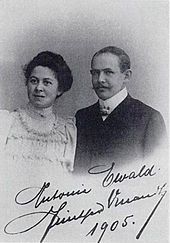
Three years after the death of his first wife Antonie, Herberts’ father remarried Magda Ritschel. Magda was half his age. Ten months later Harald, Herberts step-brother was born. The marriage lasted eight years before ending in Divorce in 1929.
Apparently, asides from the age gap, Magda grew frustrated in her marriage because Gunther Quandt spent little or no time with her. “I am living in a golden cage” she once complained. His main interest seemed to be the expansion of his business empire and money.
I read that she was left to look after six children, Harald, their son, Gunther Quandt’s two sons from his prior marriage, and three children from a friend who had died. On top of that she was expected to run the household. That’s some challenge for a young woman in her early twenties although I expect she had plenty of staff to help her.
After their divorce Magda famously went on to marry Joseph Goebbels and they had six children together. Harald became estranged from his father Gunter and also went to live with the Goebbels family.
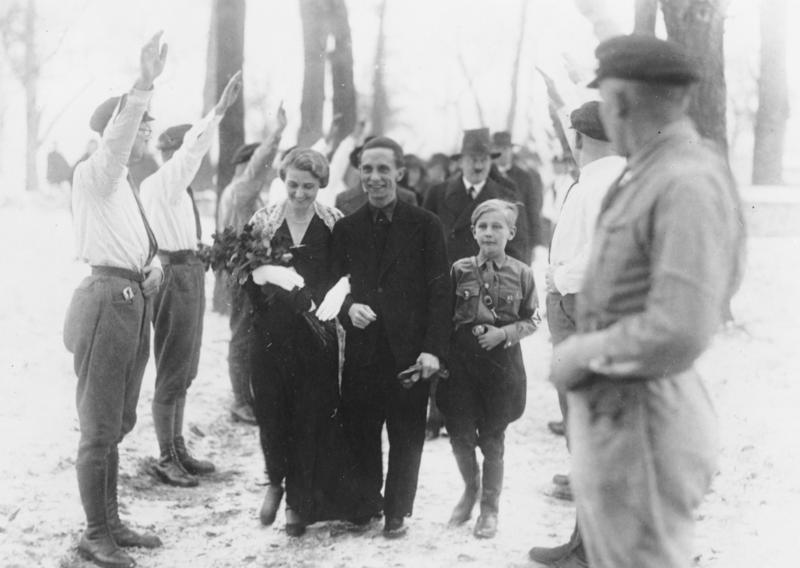
It’s no secret that after the Germans defeat on the evening of 1 May 1945, Goebbels arranged for an SS dentist to inject his six children with morphine. When they were unconscious, an ampule of cyanide could be then crushed in each of their mouths. According to Dentists’ later testimony, he gave the children morphine injections but it was Magda Goebbels and Hitler’s personal doctor, who administered the cyanide.
At around 20:30 Goebbels and Magda committed suicide. Magdas son Harald was elsewhere at the time.
In 1962, several years after Magdas death, Harald and his older step-brother Herbert bought the Villa La Presq’ile de L’Ilette.
Harald tragically died five years later in a light aircraft crash in Cuneo, Italy. He had previously survived an aviation accident but wasn’t so lucky the second time so after his death the house belonged solely to Herbert.
Herbert Quandts’ claim to fame is having saved BMW when it was at the point of bankruptcy using his own fortune and against the wishes of his financial advisor. He managed to make it a success and made a huge profit in the process. He took over BMW in 1959 and two of his four children still control 46.6 percent between them. The two siblings have an estimated combined worth of 17 billion dollars.
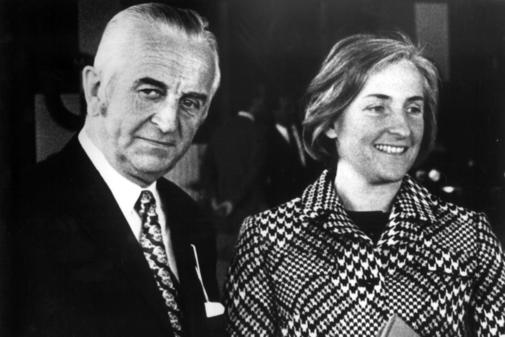
Harald and Johanna
The Villa La presqu’ile de L’Ilette was purchased just after his third marriage to Johanna. Soon after buying the property the family installed an underground atomic shelter which I have heard still exists today. Asides from installing the atomic shelter the Quandt family had the entire house redecorated every single year between 1960 and 1970. The work was undertaken by the british interior designer David Hicks. I contacted his son Ashley Hicks recently, who is also an interior designer, but unfortunately there were no company records in their archives. He found no reference to the villa in Cap d’Antibes or to the Quandt family. Curiouser and curiouser….. In any case the property still belongs to the family.
Villa l’Islette

Although the main buildings were sold in 1962 at some stage during their ownership the Saffians built the Villa L’Islette. This villa remained in the hands of Alexander Saffians’ wife Georgette after his death. She then sold it in the late 1980’s under famously controversial circumstances. It was then destroyd to build the illegal Villa Pellerin.
Apparently after the death of her husband Alexander, Georgette inherited from a controversial estate. This resulted in her imprisonment for several months in an American jail in the 1960’s. She was sentenced because she had forged her dead husbands signature on some inheritance documents, something she always denied. Georgette returned to live in the villa in Cap d’Antibes in the 1980’s. By this time the Villa was in a pretty bad state of repair. It was completely run down and had been occupied by squatters for some time before Georgettes return. As you can see from the image above it wasn’t exacly fit to live in, especially for an old lady.
After her return, almost every year, she requested permission to restore her practically uninhabitable home. Unfortunately for Georgette Pierre Merli, the mayor of Antibes at the time, always refused to give her permission to do so.
Finally in the late 1980’s a man by the name of Antoine Lozano, Georgettes’ so-called business advisor, ended up convincing her to sell. He suggested the relatively small amount of 7 million francs. However, assuming the old lady might be confused between the old and new francs, he tricked her into accepting just 70,000 francs. Fortunately his scam was detected and he was sentenced to 3 years in prison for the attempted fraud.
I am not sure what happened to Georgette Saffian after that or if she ever got the rest of the money. For me her story is certainly a very sad one. I believe she died in New York just a few years after selling the Cap d’Antibes property.
The land now belonged to a corrupt local Immobillier Christian Pellerin. Rumour has it that he bribed the then Mayor Pierre Merli with a Mercedes worth 350,000 Francs. The bribe was to help secure the land and a building permit. However this was never proven.
After being granted planning permission to construct a villa of 250 sq metres Pellerin then went on to build the Villa Pellerin. It was built for an unknown Russian client. The villa included a basement of 1,650 square meters dug into the rock and which was connected to the sea level by an elevator. However, due to the substantial building works taking place on the site, local people soon became suspicious. They raised their concerns with the authorities. In the early 90’s the Villa was spot checked. What they found was an extravagent villa with 2,500sq meres of living space and which included a basement of 1,650 square meters dug into the rock. The basement was connected to the sea level by an elevator.
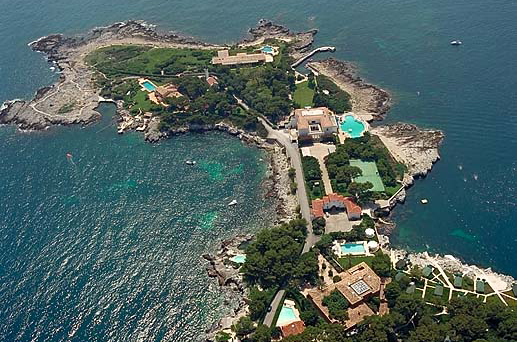
A photo taken while the Villa Pellerin was still standing. Bottom Right is the Villa Sur l’Onde. Middle two buildings of Villa Aigue-Marine. Villa Pellerin is at the far end of the Cap.
Pellerin was given just 2 years in prison and a fine for his incredible breach of planning laws. Finally, after twelve years of criminal and administrative proceedings Villa Pellerin was ordered to be demolished. It was finally destroyed in 2002.

Now all that remains is a beautiful wild piece of public land where Villa Pellerin once stood. There are no clues left which point to it’s existence. In fact you would never know that, just a few years ago, this beautiful natural rocky landscape was in fact a billionaires villa.
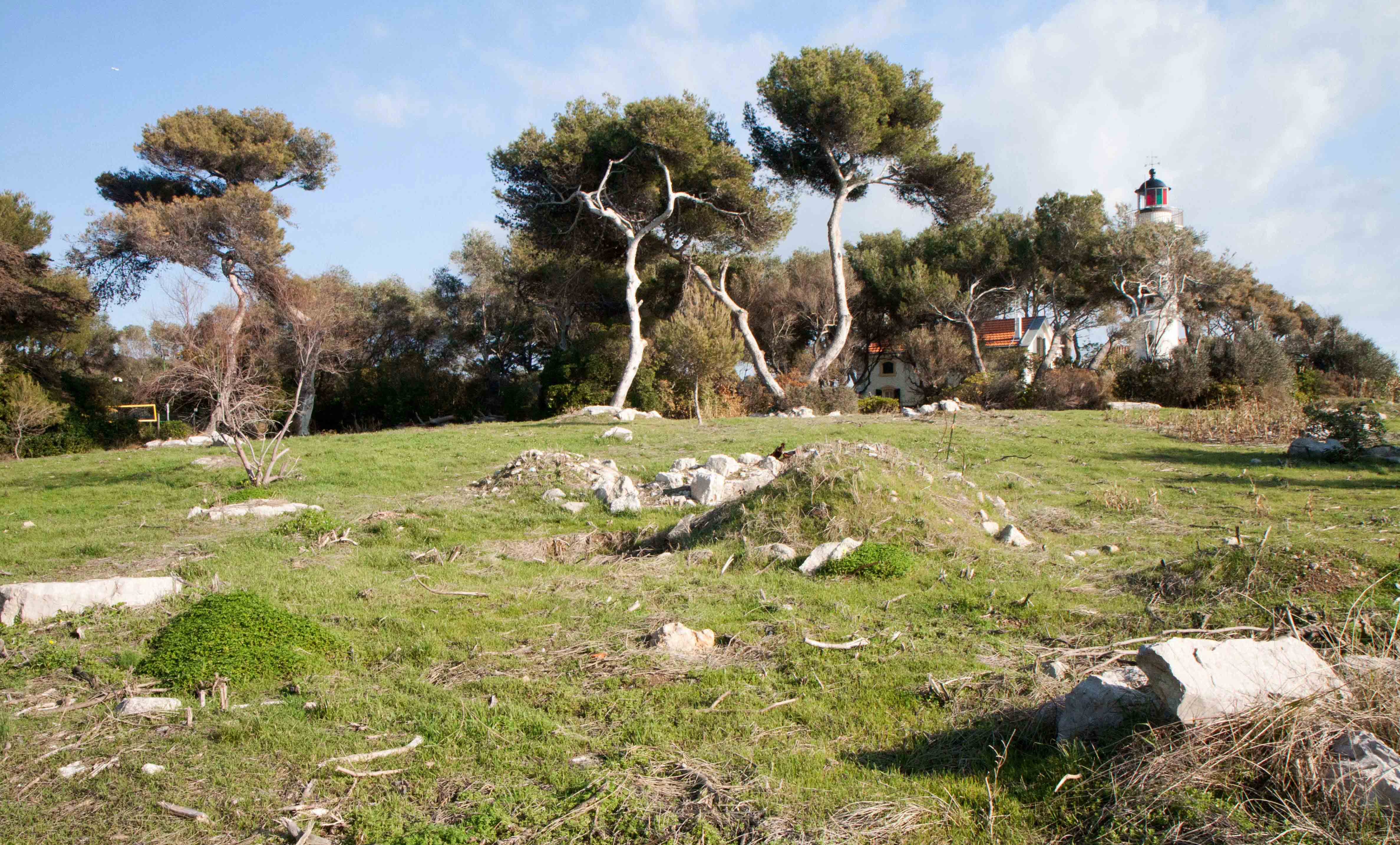
Thankfully the land is now back in the hands of the Marie and has full public access.
The Perfect spot for a summer picnic me thinks………but Shhhhhh don’t tell anyone!!
To receive new interviews and updates on news and events on the cap sign up for the newsletter.